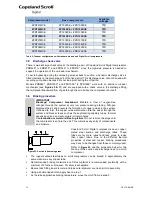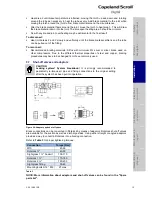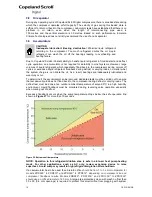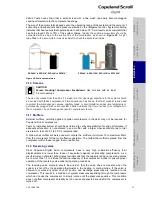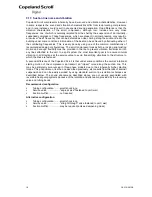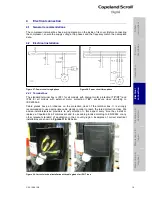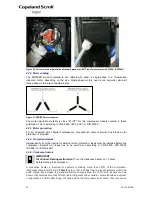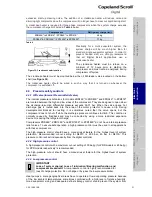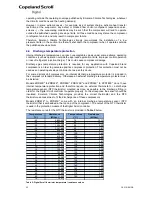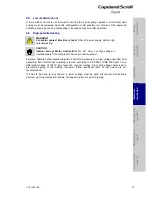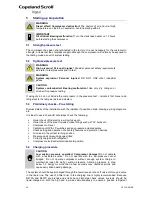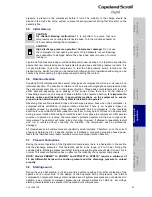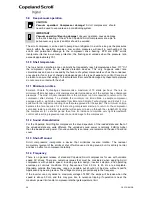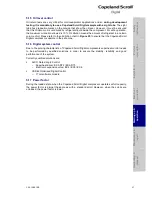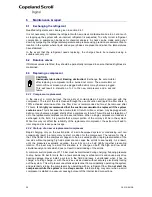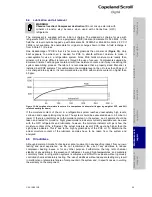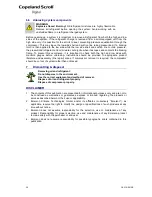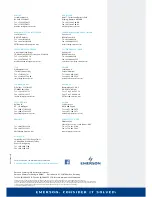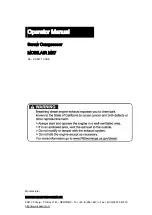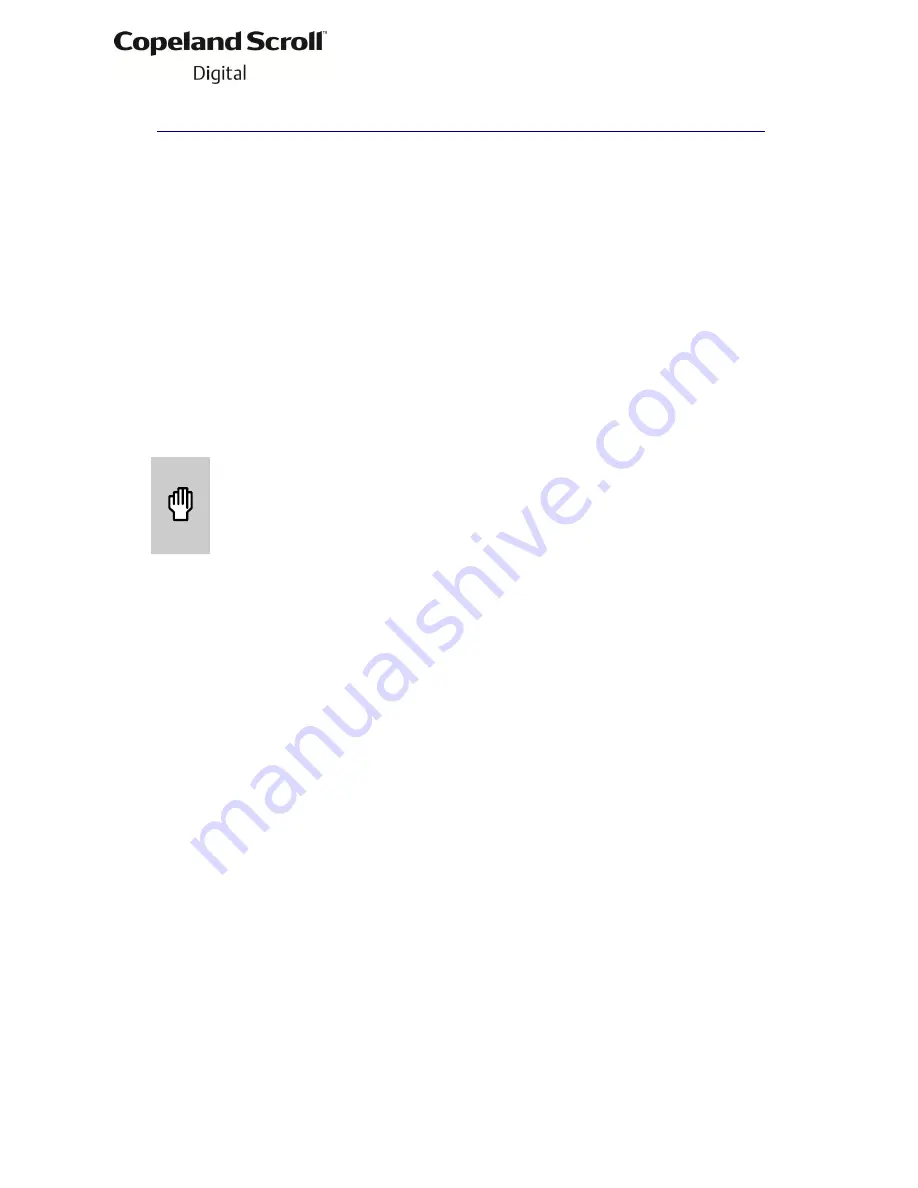
28
C6.2.15/0815/E
6
Maintenance & repair
6.1 Exchanging the refrigerant
Qualified refrigerants and oils are given in section 2.4.1.
It is not necessary to replace the refrigerant with new unless contamination due to an error such
as topping up the system with an incorrect refrigerant is suspected. To verify correct refrigerant
composition, a sample can be taken for chemical analysis. A check can be made during shut
down by comparing the refrigerant temperature and pressure using precision measurements at a
location in the system where liquid and vapour phases are present and when the temperatures
have stabilised.
In the event that the refrigerant needs replacing, the charge should be recovered using a
suitable recovery unit.
6.2 Rotalock valves
If Rotalock valves are fitted, they should be periodically retorqued to ensure that leak tightness is
maintained.
6.3 Replacing a compressor
CAUTION
Inadequate lubrication! Bearing destruction!
Exchange the accumulator
after replacing a compressor with a burned out motor. The accumulator oil
return orifice or screen may be plugged with debris or may become plugged.
This will result in starvation of oil to the new compressor and a second
failure.
6.3.1 Compressor replacement
In the case of a motor burnout, the majority of contaminated oil will be removed with the
compressor. The rest of the oil is cleaned through the use of suction and liquid line filter driers. A
100% activated alumina suction line filter drier is recommended but must be removed after
72 hours.
It is highly recommended that the suction accumulator be replaced if the system
contains one.
This is because the accumulator oil return orifice or screen may be plugged with
debris or may become plugged shortly after a compressor failure. This will result in starvation of
oil to the replacement compressor and a second failure. When a single compressor or tandem is
exchanged in the field, it is possible that a major portion of the oil may still be in the system.
While this may not affect the reliability of the replacement compressor, the extra oil will add to
rotor drag and increase power usage.
6.3.2 Start-up of a new or replacement compressor
Rapid charging only on the suction side of a scroll-equipped system or condensing unit can
occasionally result in a temporary no start condition for the compressor. The reason for this is
that, if the flanks of the compressor happen to be in a sealed position, rapid pressurisation of the
low side without opposing high-side pressure can cause the scrolls to seal axially. As a result,
until the pressures eventually equalise, the scrolls can be held tightly together preventing
rotation. The best way to avoid this situation is to charge on both the high and low sides
simultaneously at a rate which does not result in axial loading of the scrolls.
A minimum suction pressure of 1.75 bar must be maintained during charging. Allowing pressure
to drop below 0.5 bar for more than a few seconds may overheat scrolls and cause early drive
bearing damage. Never install a system in the field and leave it unattended when it has no
charge, a holding charge, or with the service valves closed without securely electrically locking
out the system. This will prevent unauthorised personnel from accidentally operating the system
and potentially ruining the compressor by operating with no refrigerant flow.
Do not start the
compressor while the system is in a deep vacuum.
Internal arcing may occur when a scroll
compressor is started in a vacuum causing burnout of the internal lead connections.

